Embarking into the Unknown: Tierra del Fuego & Agostini National Park

Story by Adventures Within Reach
Today we board the M/V Stella Australis. After a welcoming toast and introduction of captain and crew, the ship departs for one of the remotest corners of planet Earth. During the night we cross the Strait of Magellan and enter the labyrinth of channels that define the southern extreme of Patagonia. The twinkling lights of Punta Arenas gradually fade into the distance as we enter the Whiteside Canal between Darwin Island and Isla Grande de Tierra del Fuego!


A region characterized by labyrinthine channels, plunging glaciers and pristine evergreen rainforests, it is only accessible by motorized boats and is considered to be one of the most untouched parts of Patagonia.
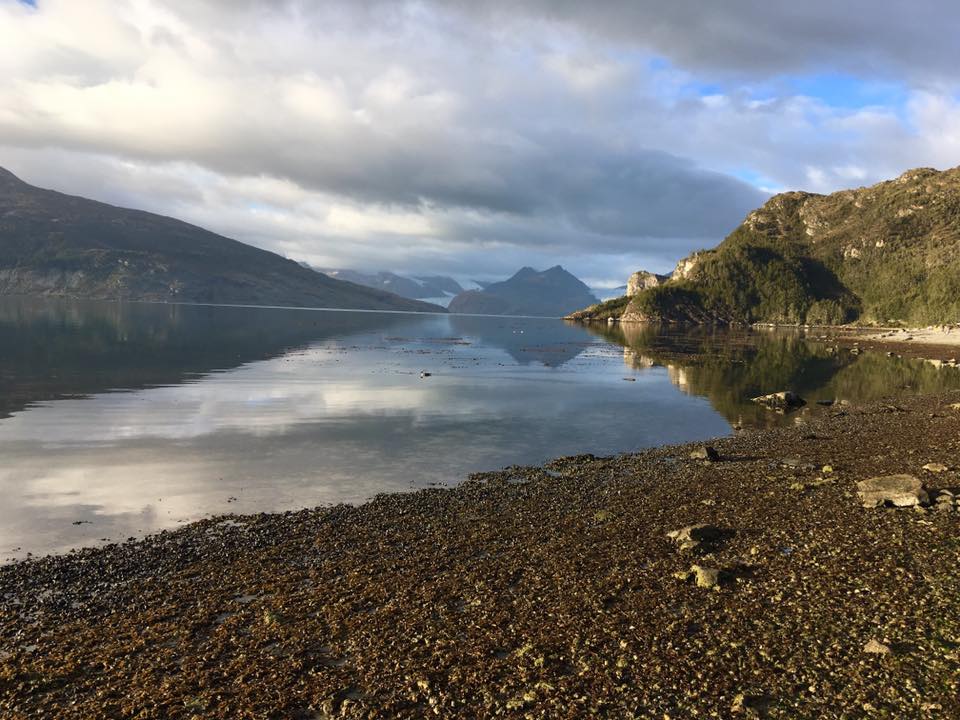
The park marks the final point of the Andes Mountains: the longest continental mountain chain in the world. Spanning the entire length of South America, they start in Venezuela in the north and cover 4,300-miles (7,000 km) before they finally plunge into the ocean here in the Alberto de Agostini National Park.
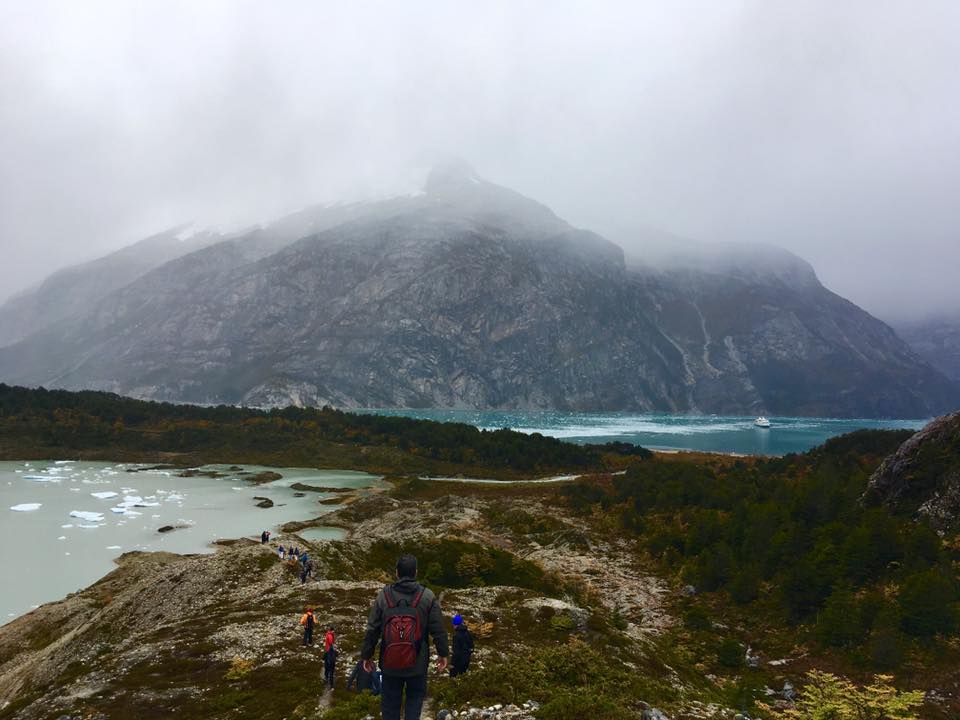
At this point, they are known as the Cordillera Darwin (or Darwin Mountains) and they are so inaccessible that they were only first fully crossed in 2011 by a French expedition team. Mount Darwin, one of the highest peaks in this mountain range, acquired the name in honor of Naturalist Charles Darwin who was passing through the region as part of his five-year voyage on the HMS Beagle.
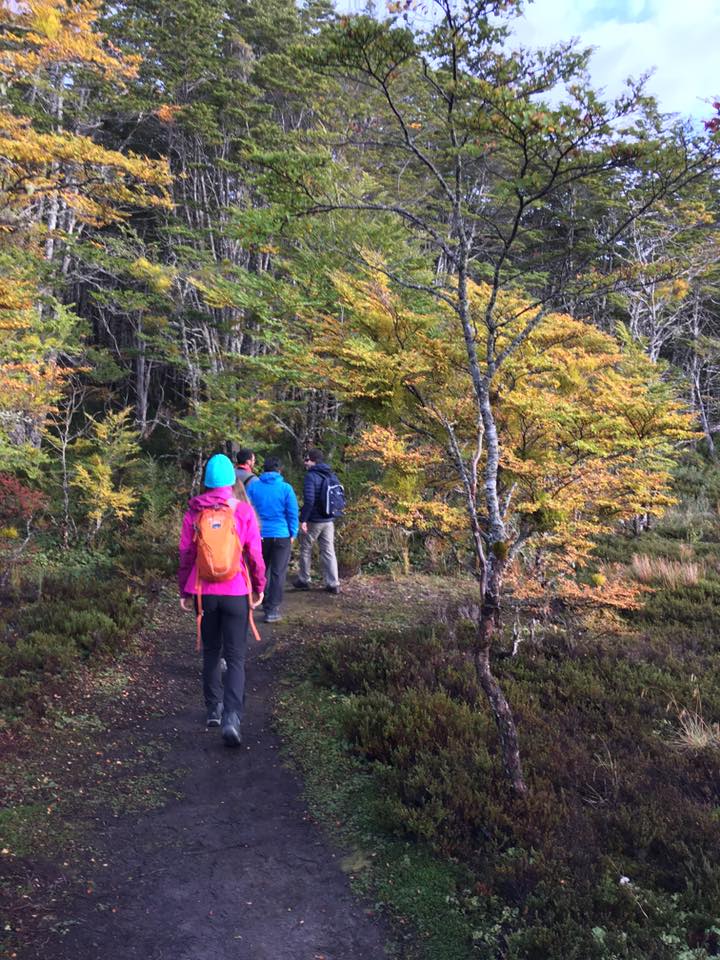
The most famous of the Alberto de Agostini National Park’s glaciers is the tidewater Marinelli Glacier, which spills from the Darwin Mountains and the Darwin Ice Sheet into Ainsworth Bay. Although it is currently retreating, this stunning glacier can be viewed from trails traversing the land around the bay.
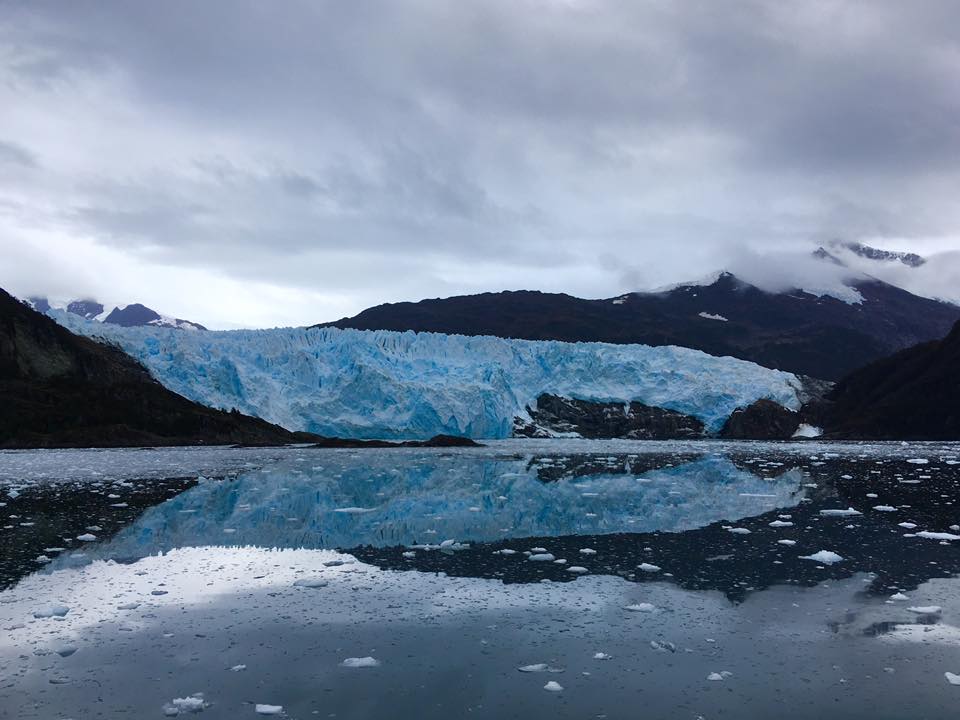
Glacier Alley, a passage through the Chilean fjords lined by a series of impressive tidewater glaciers, is also located in the park. Named after European countries (including Spain, France, Holland, Germany and Italy), these glaciers flow from the Darwin Mountains into the ocean. The ‘calving’ of ice from their termini – viewed from the safety of a cruise ship – is an unforgettable sight.

The Águila (“Eagle”) Glacier flanks the Agostini Fjord (or Agostini Sound) and the scenery in this part of the national park has been compared with the landscapes of Tierra del Fuego National Park. To arrive at the glacier, a Zodiac boat must be landed on shore; visitors can walk close to the foot of the glacier which hangs above an aquamarine, glacial meltwater lagoon.

In 2005, the Alberto de Agostini National Park was designated a UNESCO Biosphere Reserve thanks to the singular characteristics of its ecosystems. One of the main features of the park which merited its inclusion in the UNESCO list is the subpolar Magellanic forest found here and which began to grow around 10,000 years ago when the glaciers formerly covering the area began their retreat.

These Magellanic forests share plant families with temperate forest ecoregions in New Zealand and Australia, but the Alberto de Agostini National Park’s colder climate makes it less rich in plant life than the milder Valdivian forests which are found further north in Chile.
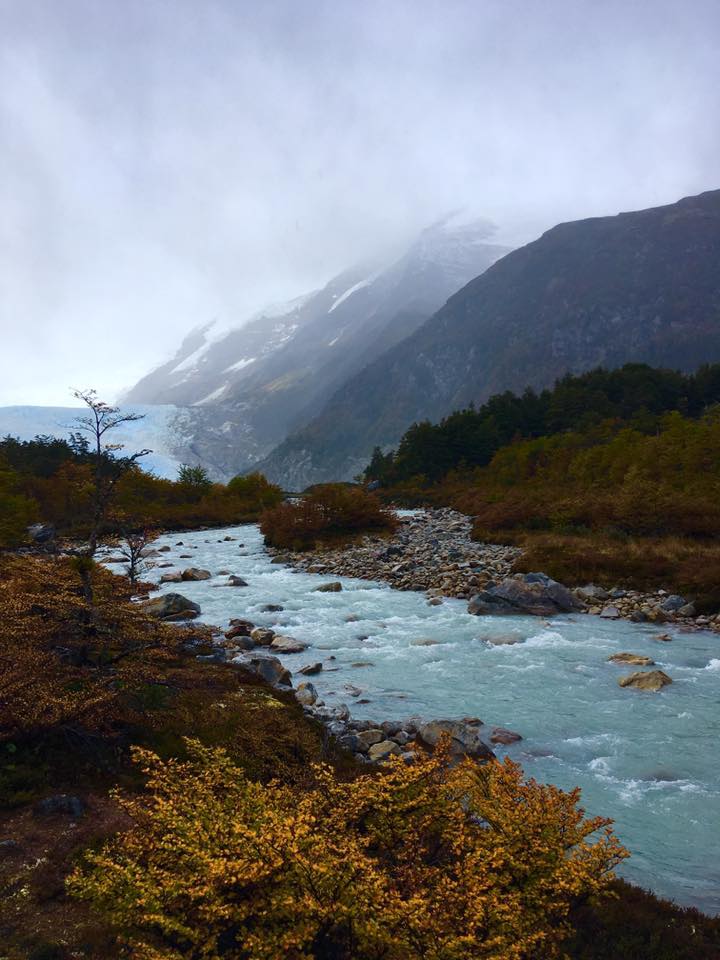
The fauna here is also impressive, with beavers, elephant seal colonies, the southern pudú (the world’s smallest deer) and the endangered southern river otter making up some of the most interesting wildlife species. Andean condors can sometimes be spied circling above land.
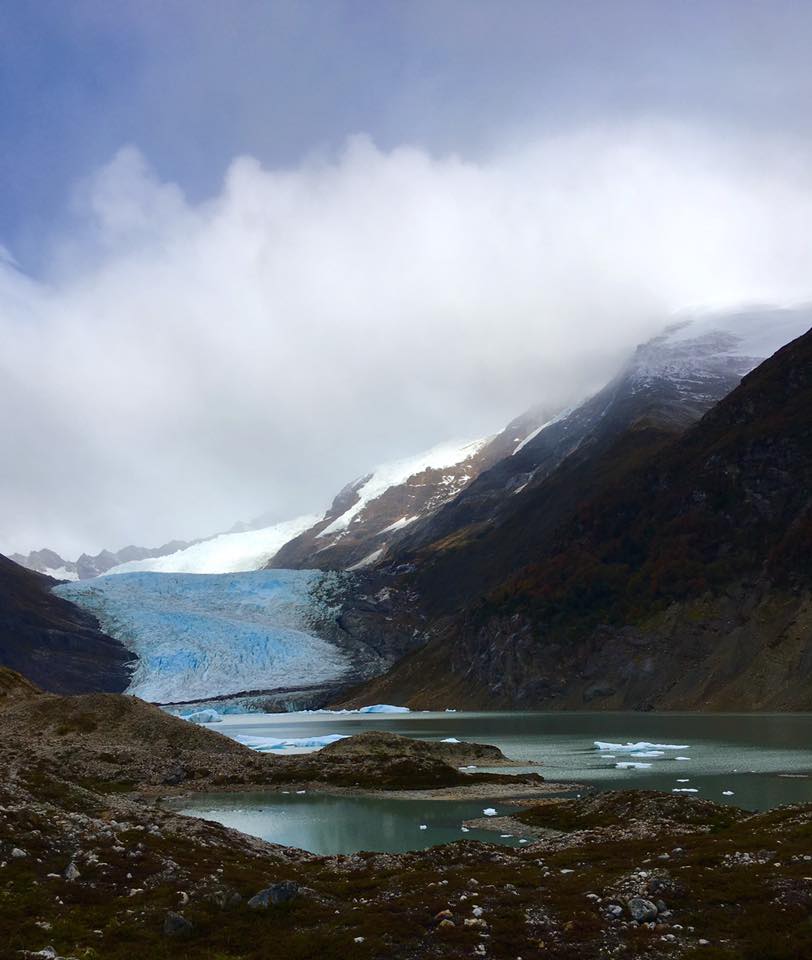
The only way to gain access to this fragile environment is via cruise ship. Tours allow close interaction with an incredible national park which marks one of the last uninhabited places remaining on Earth!
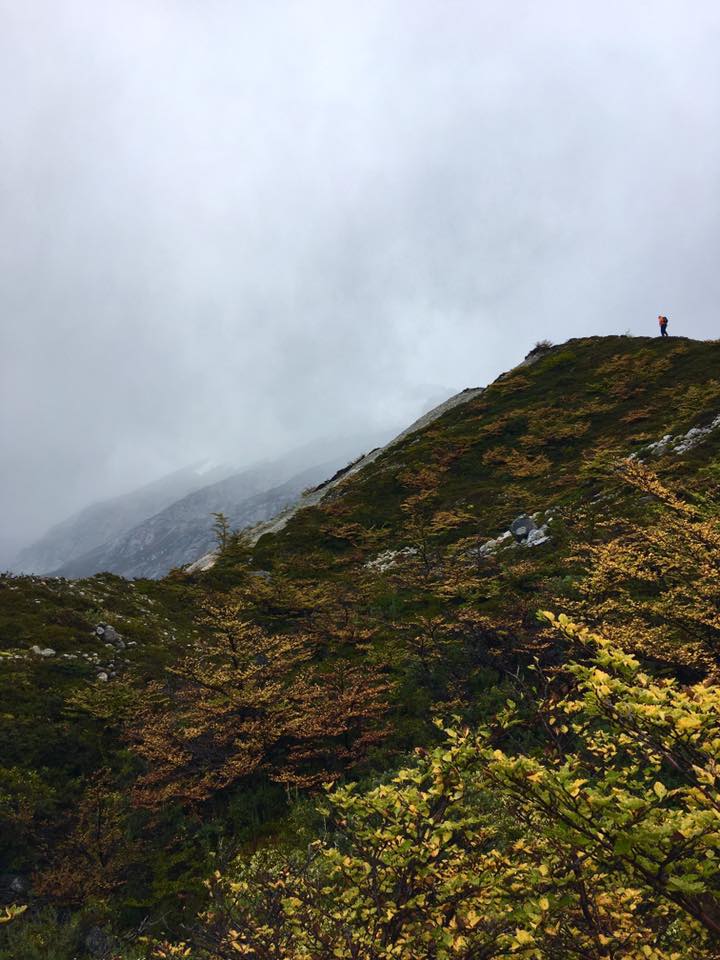
Want to add an adventure cruise aboard the Stella Australis on your next trip to South America? Check out the following itinerary as well as some additional itineraries that are easily added on:
- 5-Day Cape Horn Voyage
- 5-Day Patagonia: Torres del Paine Patagonia Camp
- 7-Day Patagonia: Torres del Paine W Trek with EcoCamp
- 3-Day Tierra del Fuego: Trekking at the End of the World
- 4-Day Tierra del Fuego and Ushuaia
Your friendly South America expert,
Gretchen


